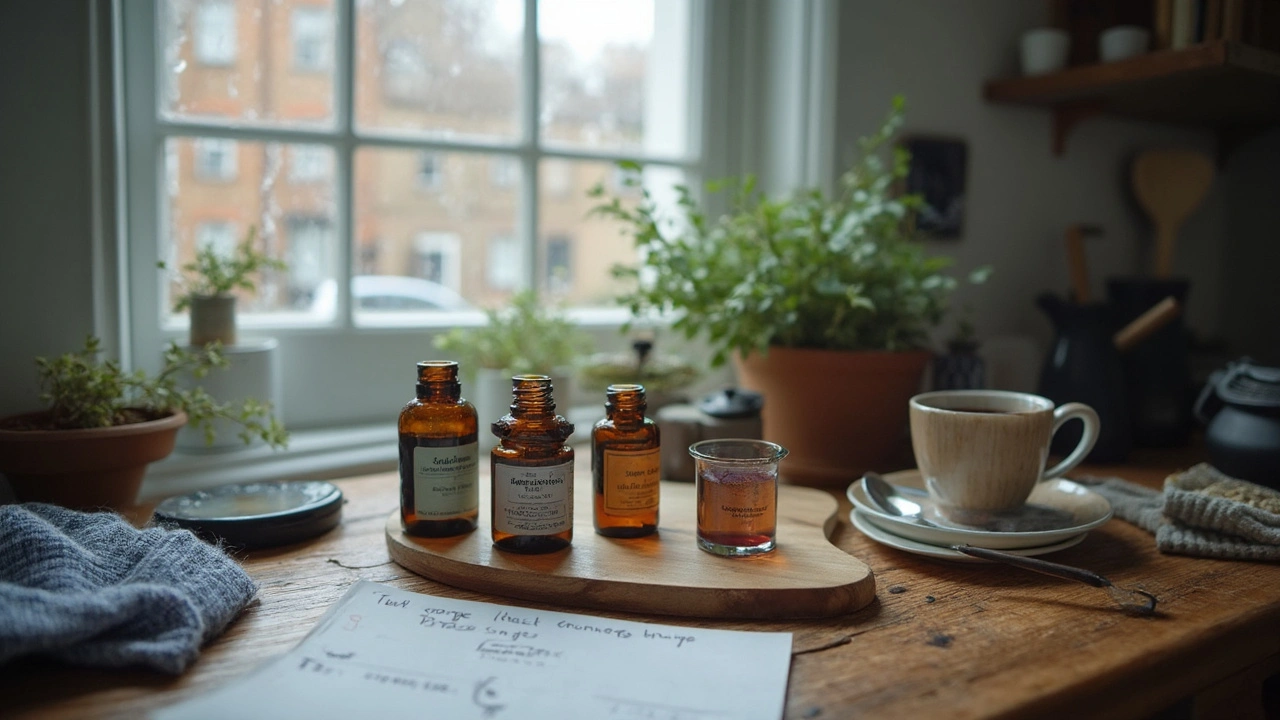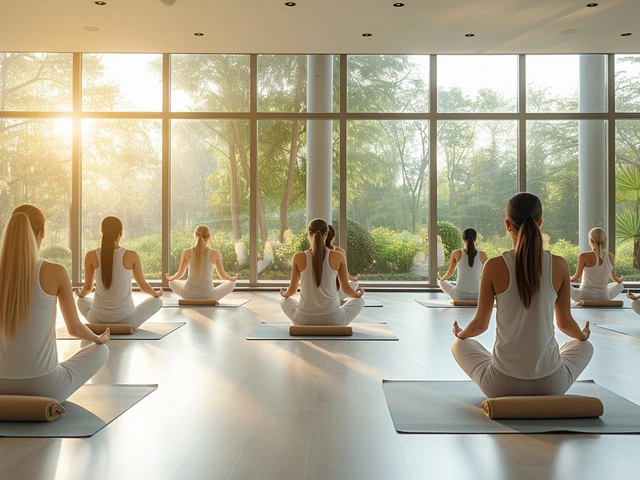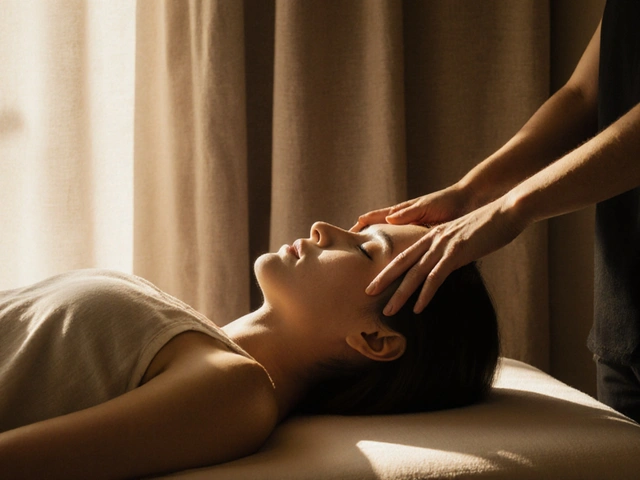Diffuser Guide: Enhance Your Massage with Aromatherapy
Ever walked into a spa and felt instantly calmer because of a gentle scent in the air? That’s the power of a diffuser. When paired with a good massage, the right aroma can lift mood, ease tension, and make the whole experience feel more indulgent. Below you’ll find straightforward tips on why diffusers matter, which ones work best in a massage setting, and how to avoid common pitfalls.
Why a Diffuser Makes a Difference
First off, scent works on the brain faster than anything you say. Essential oils like lavender, eucalyptus, or peppermint trigger the limbic system, the part of the brain that handles emotions and memory. That means a calming aroma can lower heart rate and cut stress hormones even before the therapist starts working on your muscles.
Second, a diffuser spreads the fragrance evenly across a room. Unlike a candle that burns down quickly or a spray that clumps in one spot, a well‑chosen diffuser releases a steady mist that keeps the air fresh for the whole session. This steady presence helps maintain a relaxed vibe from start to finish.
Finally, the right scent can complement the massage technique. A deep‑tissue session benefits from invigorating peppermint or rosemary, which can boost circulation and reduce soreness. A gentle Swedish massage pairs nicely with lavender or chamomile to deepen relaxation. Matching scent to technique turns a good massage into a memorable one.
Choosing the Right Diffuser and Scents
Not all diffusers are created equal. For a spa or home massage space, look for a quiet ultrasonic model. These use water to create a fine mist, so the scent spreads without a loud buzz that could distract you. A timer is also handy – you can set it to run for the length of the session and then shut off automatically.
When picking oils, start simple. Lavender is a universal relaxer, eucalyptus works well for breathing issues, and citrus blends (like orange or grapefruit) add a fresh boost. Remember, a little goes a long way – usually 3‑5 drops per 100ml of water is enough. Over‑loading can make the scent overwhelming and even cause headaches.Safety matters, too. If anyone in the room has asthma or allergies, choose hypoallergenic options like frankincense or sandalwood, and keep the concentration low. Always test a new oil on a small area of skin before using it in a diffuser, especially if you plan to apply it afterward.
Cleaning your diffuser regularly prevents mold and keeps the aroma pure. A quick rinse with warm water after each use, followed by a wipe‑down with a mild vinegar solution, does the trick.
Now that you know the basics, give your next massage a scent upgrade. Start with a quiet ultrasonic diffuser, add a few drops of lavender for a calming Swedish massage or peppermint for a deep‑tissue session, and watch how the atmosphere shifts. You’ll notice the difference immediately – a smoother, more relaxed mind and body ready to enjoy every knead and stretch.

Mastering Aromatherapy: A Step‑by‑Step Guide for Safe, Effective Essential Oil Blends
Practical, science‑savvy aromatherapy steps: choose the right oils, dilute safely, blend with confidence, and avoid common mistakes. Recipes, charts, and FAQs included.
Categories
- Health and Wellness (148)
- Alternative Therapies (86)
- Massage Therapy (40)
- Travel and Culture (15)
- Beauty and Skincare (9)
- Holistic Health (8)
- Health and Fitness (5)
- Spirituality (5)
- Other (2)
- Personal Development (2)
Popular Articles

Myofascial Release Therapy: The New Era of Healing
Oct, 26 2025


